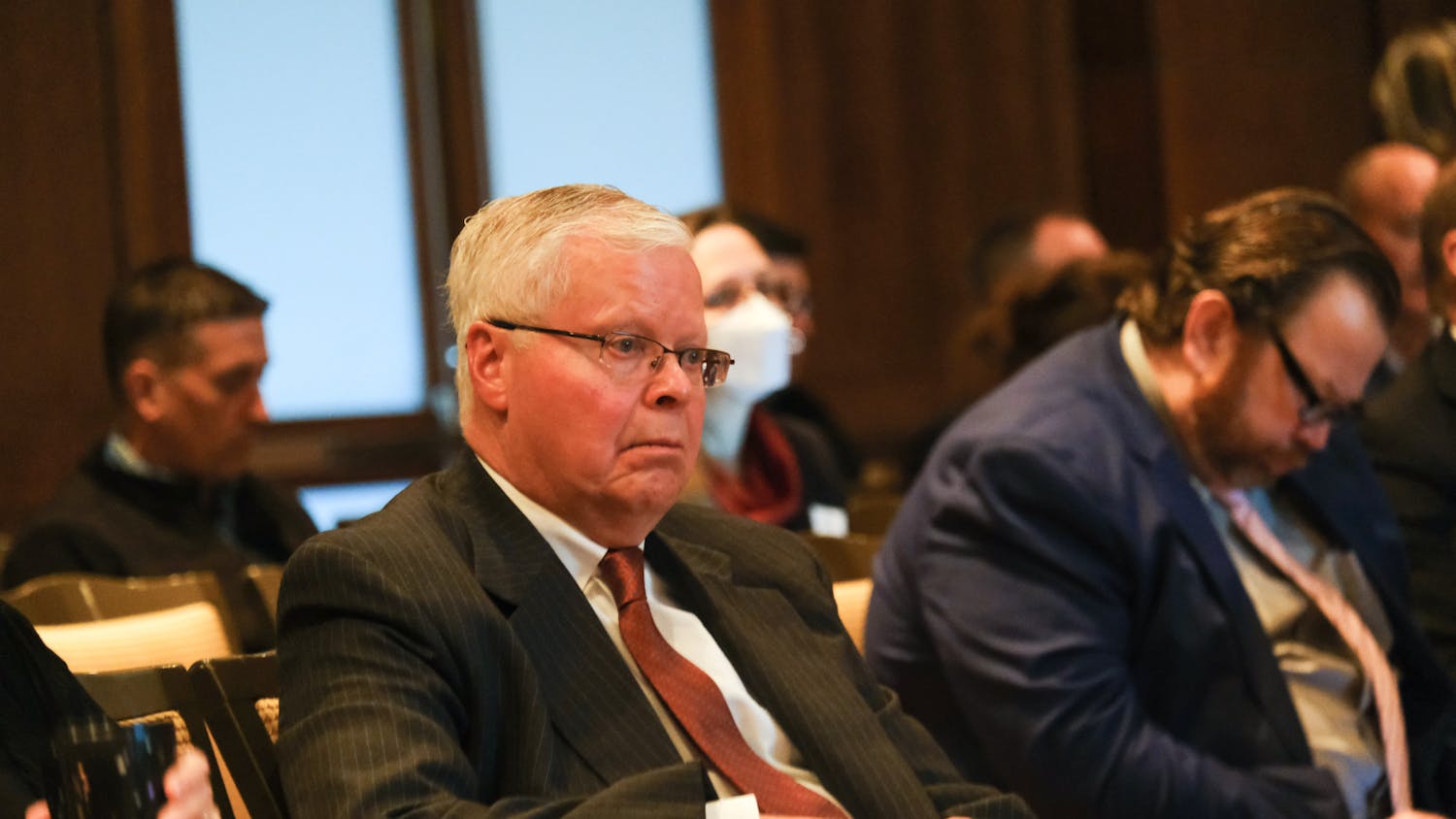As classes began Wednesday, more than 2,000 undergraduate students filed into crowded lecture sections of Chemistry 103, one of the largest courses at UW-Madison. Making classes like these feel smaller is the goal of a new campus-wide initiative aimed at enriching student learning.
This program, known as REACH, intends to enhance active learning through a student-centered, inclusive environment, according to a REACH team release.
The faculty-run team began meeting with faculty over the summer to redesign large, introductory classes. Redesigned courses may include increased student-instructor interactions, problem-based case studies, team projects, increased student collaboration and technology-enhanced assignments, according to the release.
Gregory Moses, Harvey D. Spangler Professor of Engineering Physics and REACH project co-lead, said learning anything—from serving a tennis ball to complex science experiments—requires active participation.
“As a freshman you will probably sit in a room with several hundred people and get talked to,” Moses said. “You can listen to someone describe something, even watch them do it, but you don’t have any skill yourself until you try it and practice it.”
To combat such passive learning, Moses said the REACH program aims to not only help students understand material better, but also to give them a clear idea of exactly how much they understand through active learning.
“Too often students believe they understand something, then they get to the exam and don’t know it as well as they thought,” Moses said. He added that exam scores typically improve when students are engaged through active learning techniques.
The program began in the chemistry, psychology and mathematics departments, and Moses said the REACH team hopes to expand to other departments soon. However, students should not expect to see changes in their classrooms before Spring 2016, according to the release.






